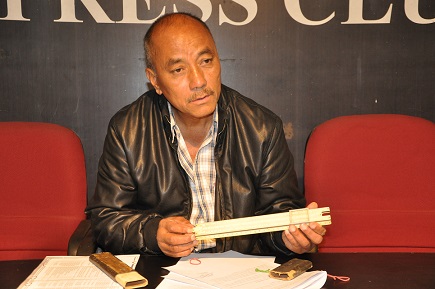
SHILLONG, MAY 28: Power projects that were built fifty years ago are giving more outputs that the power projects, including the Muntdu-Leshka Hydro Electric Project, build in recent years with advance technologies and huge fund allocation.
Michael Syiem, a noted state’s social activist, said after he conducted a month long study on the recent power projects in the state and compared it with the projects build earlier.
Presenting his comparative study, Syiem on Wednesday presented the comparative study saying that the Umiam Hydro Electric Project (UHEP) built during the 60s with minimum technological know-how is giving better power output than the Myntdu-Leshka Hydro Electric Project which was built in the early 2000.
Syiem said the UHEP was built during an era when the technology was primitive using just a “slide rule”, an important tool made in Bavaria, Germany for construction of big dams and projects and was completed within the stipulated time despite the absence of modern and sophisticated tools for construction work.
Syiem said, “It took only five years to complete the UHEP (1960 to 1966) having four stages with the capacity to produce over 170 mega watt (MW) power supply,” he said while adding the cement for all concrete work was transported from outside Assam by rail and steamer to Guwahati and then by a fleet of trucks to the site.
The Stage-I of the UHEP was commissioned by the then President of India Dr S Radhakrishnan on March 1, 1966.
Pointing to other old power projects of the state, Syiem informed that the Sonapani Mini Hydel Project, the third oldest Hydro Power Project in the country, was constructed and commissioned in 1922 by M/S Shillong Hydro Supply Company Pvt Ltd owned by Dr BC Roy former West Bengal chief minister to produce 200 kilo watts (KW) of power for Shillong town by tapping the waters of the Umshyrpi and Wahumkhrah.
Stating that the construction for the project took only one year, Syiem informed, as per available records, four additional generating sets of 100 KW, 250 KW, 320 KW and 640 KW in the years 1928, 1939, 1956 and 1960, the power generation was increased to 1500 KW or 1.5 MW.
Similarly, the Umtru Hydro Electric Power Plant (UHEPP) was completed only in a short span of three years producing 11.2 MW of power, he stated.
“Investigation of the project was completed during 1950-1953 and construction commence on April 1954 of which the first three units of 2.8 MW each were commissioned during April 1957 and fourth unit of 2.8MW was commissioned during 1968,” Syiem stated adding after much repairs, overhauling or rectification during all these years, the power generation however decreased from installed capacity of 4×2.8MW or 11.2MW to the present 4.35 MW.
Pointing out with all the latest and sophisticated technologies available, Syiem said, “The Meghalaya Electricity Corporation Limited (MeECL) took eight long years to complete the Myntdu Leshka Power Project at a cost of over Rs 1300 crore and still the people of the state has to face the brunt of long hours load shedding and power cuts.”
According to him, lack of the competency among the engineers engaged in such construction can be one of the main reasons for drawback. “Besides there is no accountability and those liable for the lapses, government is always there to protect them,” he stated.
The failure of the Myntdu Leshka project has caught the attention of everybody including political parties who have demanded the need to institute a CBI probe, when the State recently has to go through severe power shutdown affecting the state and its people.
“The time of completion of projects with available technology during Assam Govt and under Meghalaya government is totally different,” Syiem stated adding “Government has spend a huge amount of money on Leshka project with the installing capacity of 126 MW which however could produce not less than 6 MW during lean season.”
Despite of this, the Leshka project also encountered a total of nine flood incidents in the recent years, he said adding “There are complete anomalies in the project.”
As per records, in 1994, Meghalaya was the only state in India that was self-sufficient in electric power.
However, with the demand for electric power, the focus on the development of new power supply and renovation of existing power generation facilities has been viewed as an important issue.
Stating power situation in our state today is with only 50 percent own power generation, Syiem said, “No doubt, the state is still staring at more load sheddings in the many years ahead especially if MeECL defaults in payments of dues again, even after 43 years of statehood.”
Spending a whole one month to conduct the study on power scenario, the activist said, “It is time for the people to know the power scene and to ask whether there is hope or not for the state on this regard.”
According to him, the importance for increasing the generation of power, whether it is through wind, solar, thermal, hydro or any other source which is the catalyst of faster growth in all spheres of human development is a fact that cannot be disputed.
Syiem was also of the opinion that there is an urgent need to revamp the functioning of the MeECL.
“The question that now must be asked is whether MeECL, the major player in the generation of power in our state can become more productive and enterprising if it is allowed to function as a more professional entity with no government interference if the state is to achieve maximum self sufficiency in power generation,” Syiem added.- By Our Reporter






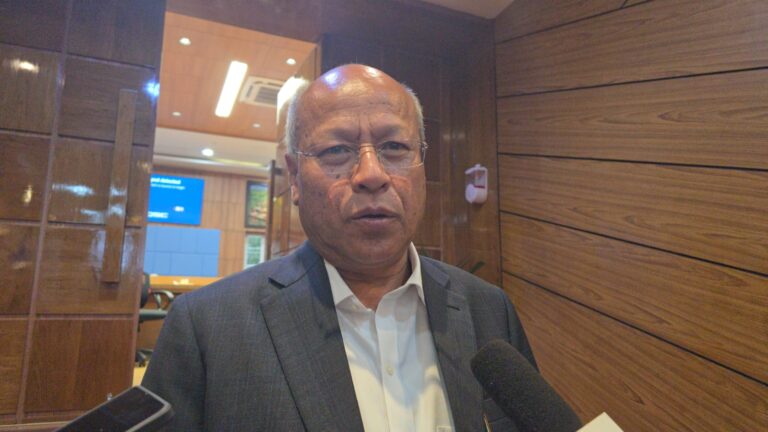
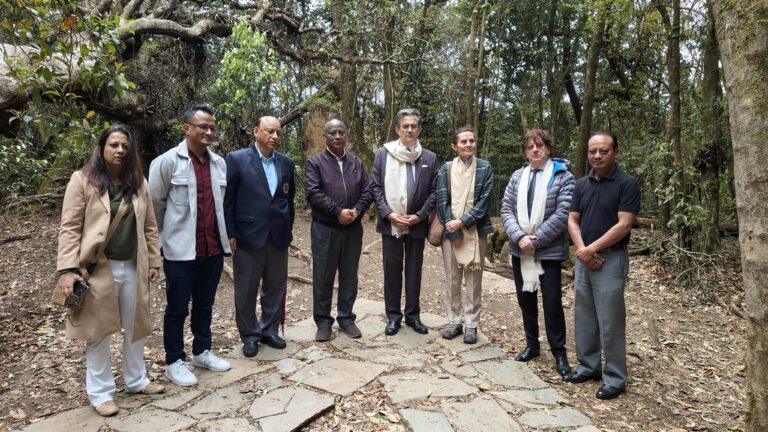
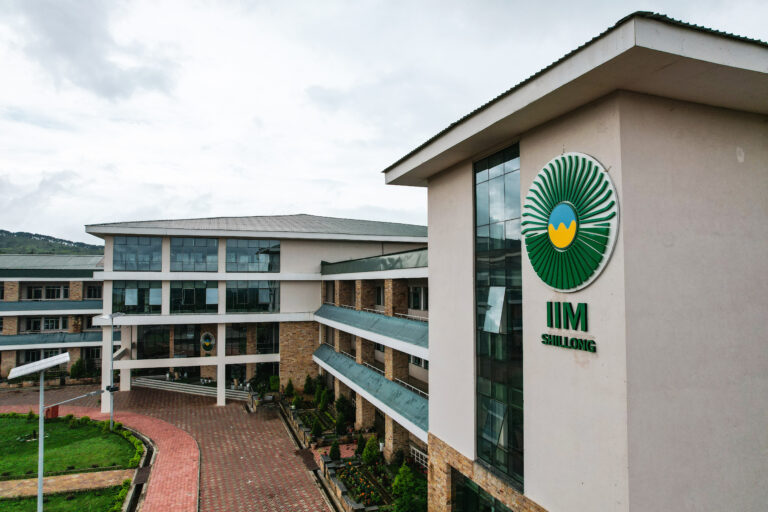

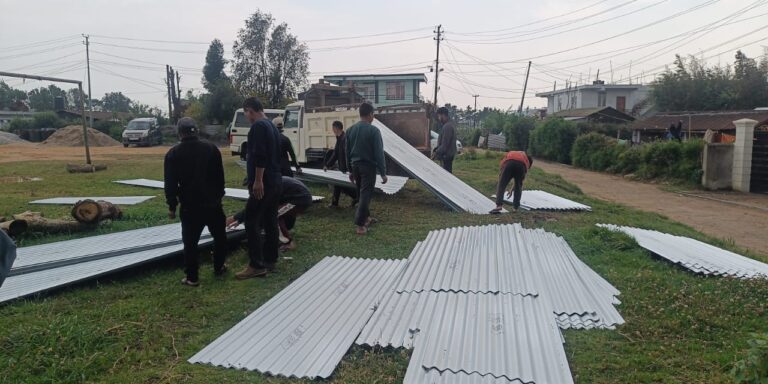

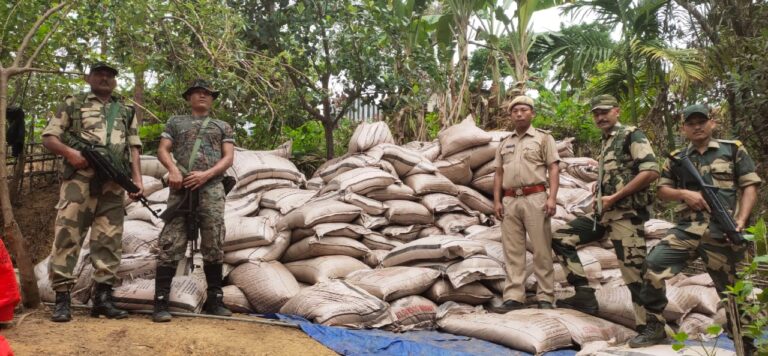
+ There are no comments
Add yours